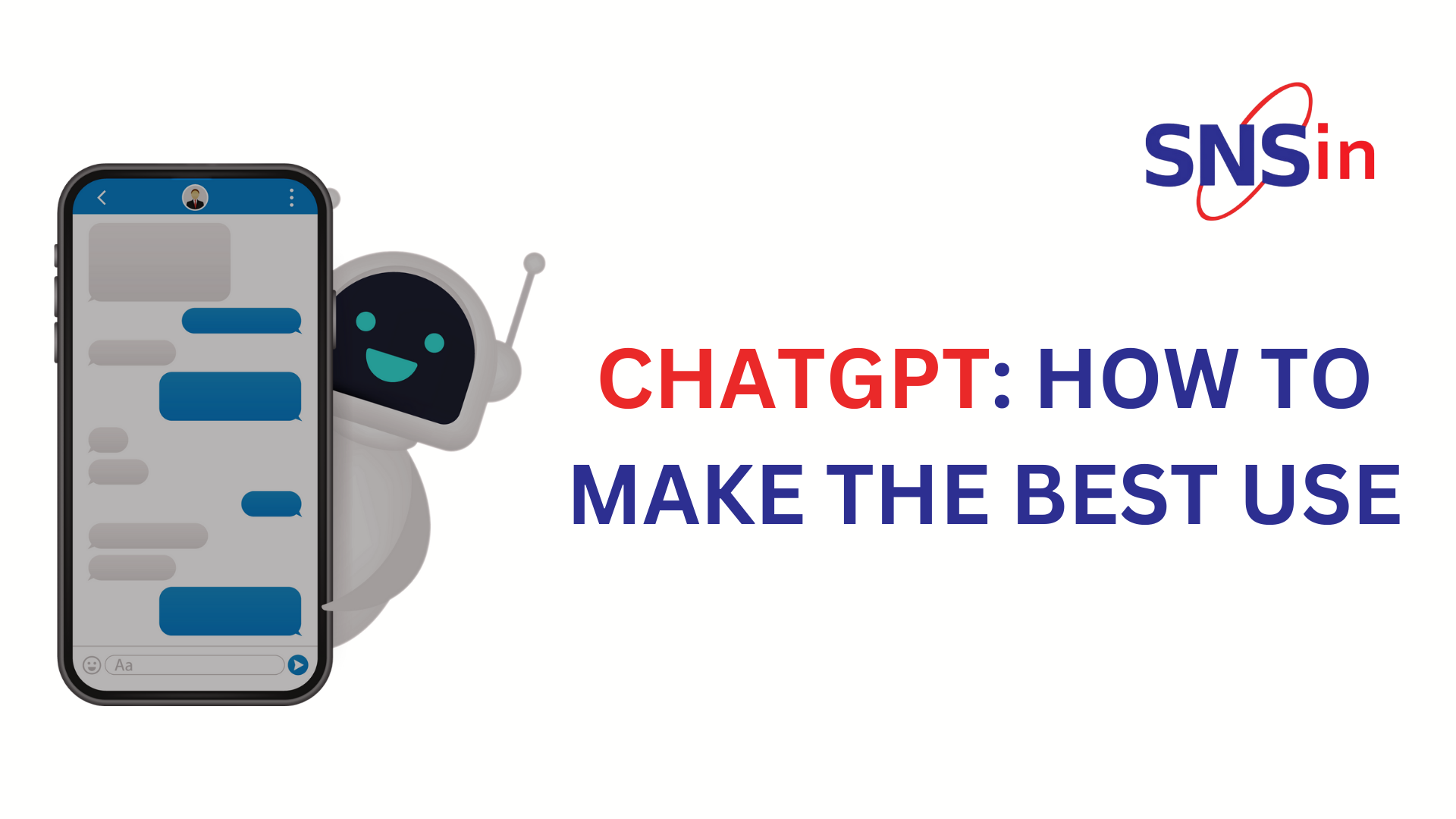ChatGPT is an AI chatbot launched as a free research prototype in November 2022 by OpenAI. It utilizes Natural Language Processing (NLP) capabilities to understand and respond to queries naturally and conversationally.
ChatGPT is powered by the ML model Generative Pre-training Transformer-3 (GPT-3). It is one of the most advanced NLP models to date. As a language model trained on a vast amount of data, ChatGPT is a powerful tool that can help in a wide range of tasks such as answering questions, generating text, segmenting and classifying text, solving mathematical equations, and even creating art. It has been disrupting several industries by generating human-like responses to user inputs.
Let us look at how ChatGPT can be utilized to the fullest:
- Know what you want to achieve: Before you start using ChatGPT, it’s important to clearly understand what you want to achieve. This could be anything from generating ideas for a new project to getting advice on a personal problem. Knowing what you’re looking for will make you better equipped to ask the right questions and get the most valuable responses.
- Use of clear and specific language: When interacting with ChatGPT, it’s essential to use clear and unambiguous language. This means avoiding vague or ambiguous terms and being as precise as possible in your wording. For example, instead of asking, “What’s the best way to lose weight?” you could ask, “What are some effective strategies for losing weight that doesn’t involve extreme dieting?”. As a pre-trained chatbot, it learns through the instructions it receives. So, it is important that the instructions are clear and precise.
- Refine your prompts: Many times, it may happen that the response you are looking for may not be what the bot comes up with. It is required to give a follow-up prompt or come up with a refined query to get the bot to do what you want. A helpful response may come because of refining the search.
- Experiment with different prompts: ChatGPT is trained on a massive dataset of text from the web, so it’s capable of generating a wide range of responses to different prompts. To get the most out of the model, it’s a good idea to experiment with other prompts and see what kinds of responses you get. You might try asking open-ended questions, giving specific instructions, or providing context for a particular topic.
- Use of the right format: Depending on what you’re trying to accomplish, different formats may work best for interacting with ChatGPT. For example, if you’re generating text for a blog post, you might want to use the “Text Generation” feature. Say, if you’re looking for recommendations on a particular topic, the “Knowledge Retrieval” feature might be more useful. By using the right format for your needs one can make the most of ChatGPT.
- Evaluate the quality of the responses: While ChatGPT can generate impressive responses, not all of them will be equally helpful or accurate. As you interact with the model, evaluating the quality of the answers you’re getting is important. This means considering factors like whether the response is relevant to your question, whether it contains factual errors or biases, and whether it provides a nuanced and thoughtful perspective.
- Using sources to verify the information: While ChatGPT can be a great source of information, verifying any information you get from it with external sources is also important. This is especially true if you’re using ChatGPT for research or other important tasks. By cross-checking information with other sources, you can ensure that you’re getting accurate and reliable information.
- Knowing the limitations of the model: While ChatGPT is a powerful tool, it’s not perfect. The model has limitations and biases that can impact the quality of its responses. For example, the model may have trouble understanding certain types of language or may have biases based on the data it was trained on. By being mindful of these limitations, you can use ChatGPT in a more effective and responsible way.
Uses of ChatGPT
- Ability to learn and improve over time as it converses with people and learns new responses. The ability to adapt diversifies the uses of ChatGPT.
- Answering questions to complex problems to enhance customer experience.
- Improved interpretation with reinforced learning mechanisms. The quality of responses changes over time to meet the user’s expectations.
- Creating a virtual assistant through ChatGPT is possible for handling day-to-day tasks for business, scheduling appointments, and managing social media accounts.
- Automation of workflows and repetitive tasks can be done through ChatGPT.
- Education or training can be done via ChatGPT. It can disrupt the way learners receive training. One of the most prominent use cases is, therefore the education sector.
Summary
ChatGPT gives an opportunity to explore various ways of generating responses to simple/complex topics. One can utilize ChatGPT to the fullest by the trial-and-error mechanism by knowing what one wants to research. While the advent of ChatGPT has affected a major shift in technology use, its effectiveness will depend a lot on how well it is used and how much it can improve through predictive learning.

